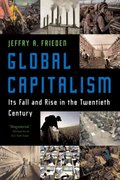Answered step by step
Verified Expert Solution
Question
1 Approved Answer
Hi, its mainly the part a), where did the formula come from? and the final explanation of a) why did it say the mpl is
Hi, its mainly the part a), where did the formula come from? and the final explanation of a) why did it say the mpl is less than apl , good explanation please

Step by Step Solution
There are 3 Steps involved in it
Step: 1

Get Instant Access to Expert-Tailored Solutions
See step-by-step solutions with expert insights and AI powered tools for academic success
Step: 2

Step: 3

Ace Your Homework with AI
Get the answers you need in no time with our AI-driven, step-by-step assistance
Get Started


